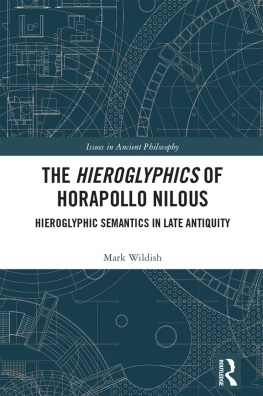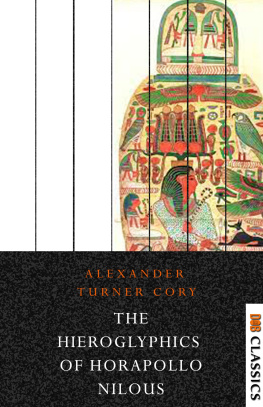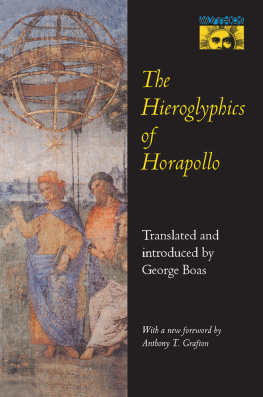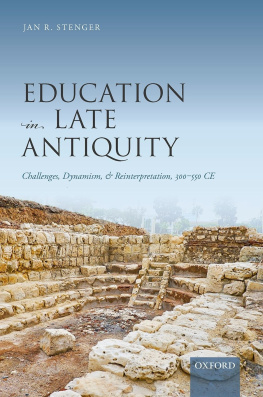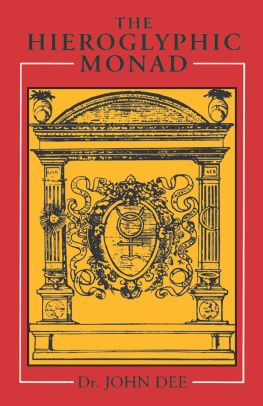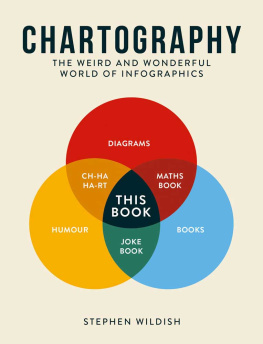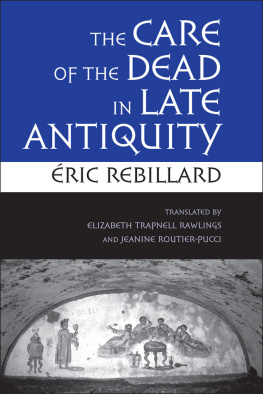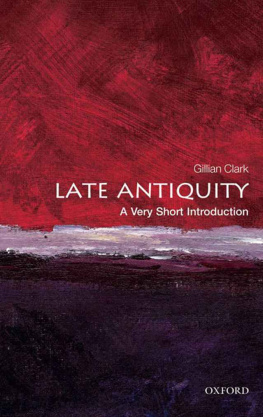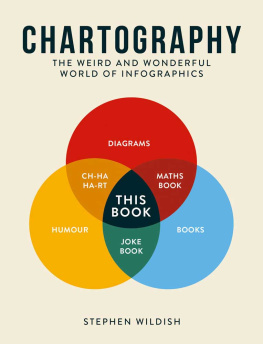The Hieroglyphics of Horapollo Nilous
The main aim of this book is to reconstruct a philosophical context for the Hieroglyphica of Horapollo, a late 5th century Greek study of hieroglyphic writing. In addition to reviewing and drawing on earlier approaches it explores the range of signs and meanings for which Horapollo is interested in giving explanations, whether there are characteristic types of explanations given, what conception of language in general and of hieroglyphic Egyptian in particular the explanations of the meanings of the glyphs presuppose, and what explicit indications there are of having been informed or influenced by philosophical theories of meaning, signs, and interpretation.
Mark Wildish is Tutor/Honorary Assistant Professor in the Philosophy Department at the University of Hong Kong.
Issues in Ancient Philosophy
Series editor: George Boys-Stones
Durham University, UK
Routledges Issues in Ancient Philosophy exists to bring fresh light to the central themes of ancient philosophy through original studies which focus especially on texts and authors which lie outside the central canon. Contributions to the series are characterised by rigorous scholarship presented in an accessible manner; they are designed to be essential and invigorating reading for all advanced students in the field of ancient philosophy.
Flow and Flux in Platos Philosophy
Andrew J. Mason
Forms, Souls, and Embryos
James Wilberding
Epicurus on the Self
Attila Nmeth
The Hieroglyphics of Horapollo Nilous
Mark Wildish
Forthcoming titles:
Philosophy beyond Socrates Athens
Ugo Zilioli
Body and Mind in Ancient Thought
Peter N. Singer
Taurus of Beirut: the Other Side of Middle Platonism
Federico M. Petrucci
www.routledge.com/Issues-in-Ancient-Philosophy/book-series/ANCIENTPHIL
The Hieroglyphics of Horapollo Nilous
Hieroglyphic Semantics in Late Antiquity
Mark Wildish
First published 2018
by Routledge
2 Park Square, Milton Park, Abingdon, Oxon OX14 4RN
and by Routledge
711 Third Avenue, New York, NY 10017
Routledge is an imprint of the Taylor & Francis Group, an informa business
2018 Mark Wildish
The right of Mark Wildish to be identified as author of this work has been asserted by him in accordance with sections 77 and 78 of the Copyright, Designs and Patents Act 1988.
All rights reserved. No part of this book may be reprinted or reproduced or utilised in any form or by any electronic, mechanical, or other means, now known or hereafter invented, including photocopying and recording, or in any information storage or retrieval system, without permission in writing from the publishers.
Trademark notice: Product or corporate names may be trademarks or registered trademarks, and are used only for identification and explanation without intent to infringe.
British Library Cataloguing-in-Publication Data
A catalogue record for this book is available from the British Library
Library of Congress Cataloging-in-Publication Data
A catalog record for this book has been requested
ISBN: 978-1-138-83781-2 (hbk)
ISBN: 978-1-315-14743-7 (ebk)
Typeset in Bembo
by Apex CoVantage, LLC
In line with the stated aims of the series the theme of this book unquestionably lies outside the central canon. In fact, so far outside the canon does it lie, few philosophically inclined readers of ancient and classical materials will have so much as heard of it. This unfamiliarity perhaps cuts both ways. On the one hand, the task of making Horapollos Hieroglyphica of philosophical interest to such readers is thereby compounded and complicated. On the other, the same unfamiliarity may lighten the burden of expectation in favour of a broader conception of philosophical interest and thus a broader audience to address.
The task, as it turned out, entailed the collation and assimilation of several diverse layers of accumulated thought; the result, therefore, is something of a chimaera, a platypus, a calendar-beast with philological head, philosophical torso, and a bibliographical tail. This does not seem to me to be out of keeping with the nature of the book that is its topic, however. Quite the opposite, in fact, as I hope will become apparent. There is a risk of sorts, I suppose, associated with endeavouring to provide a text with a history so long established within another genre, field, and tradition with a more or less new context in which to read it all the more so if that new context is the philosophy of late antiquity. That said, an understanding decidedly at odds with widely accepted presumably for good reason readings of this or that canonical work can be immensely revealing in the face of an imposing orthodoxy. To take just one familiar example, a reminder that the arguments for the immortality of the soul in the Phaedo might not be intended to be persuasive, not even to Simmias or Cebes, who might otherwise be expected to find them so, made good dialectical sense in the 19th century. That it did seems to me to be a point still worth making. But, under the influence of what, for want of a better word, I shall call the analytic mood prominently favoured these days in philosophy, ancient and modern, the idea that they might have been intended as anything but rationally conclusive (even if unsuccessful in that), seems derisory.
The history of philosophical thought, however, is not unresponsive (let alone wholly immune) to the broader culture in which it is embedded. More than that, it has frequently concerned itself less with tracing and justifying the contours of the intellectual environment in which it is conducted than with extending them. Nonetheless, as rooted in wider intellectual currents as at least some areas of philosophy might be, in the inclination to introduce, for example, bibliographical, art historical, or perhaps especially philological culture into a claim on the philosophical interests of a reader of Horapollo the scope for over-interpretation is a non-negligible concern. Translation, after all, is not the only way to traduce an author.
With that in mind the following is presented as just such a venture in extending the contours of work not only on the hieroglyphic tradition and Horapollos unique place within it, but also on the contribution he makes in light of the philosophical presuppositions I take to inform the Hieroglyphica and its parallels.
Of the three English-language versions available (for which see the list of Text Editions in the Bibliography at the back of the volume), by far the most pleasing is Corys.1 In providing English versions of Horapollos Greek, I have to varying degrees revised or freely adapted from Corys translation, consistently in cases where I give signifying for symbolizing in line with the argument presented in this book. Where existing translations have been used in the case of authors other than Horapollo, this is marked in the endnotes.
Mark Wildish
May 2017
Note
Cory, A. T., The Hieroglyphics of Horapollo Nilous (London: William Pickering, 1839).

